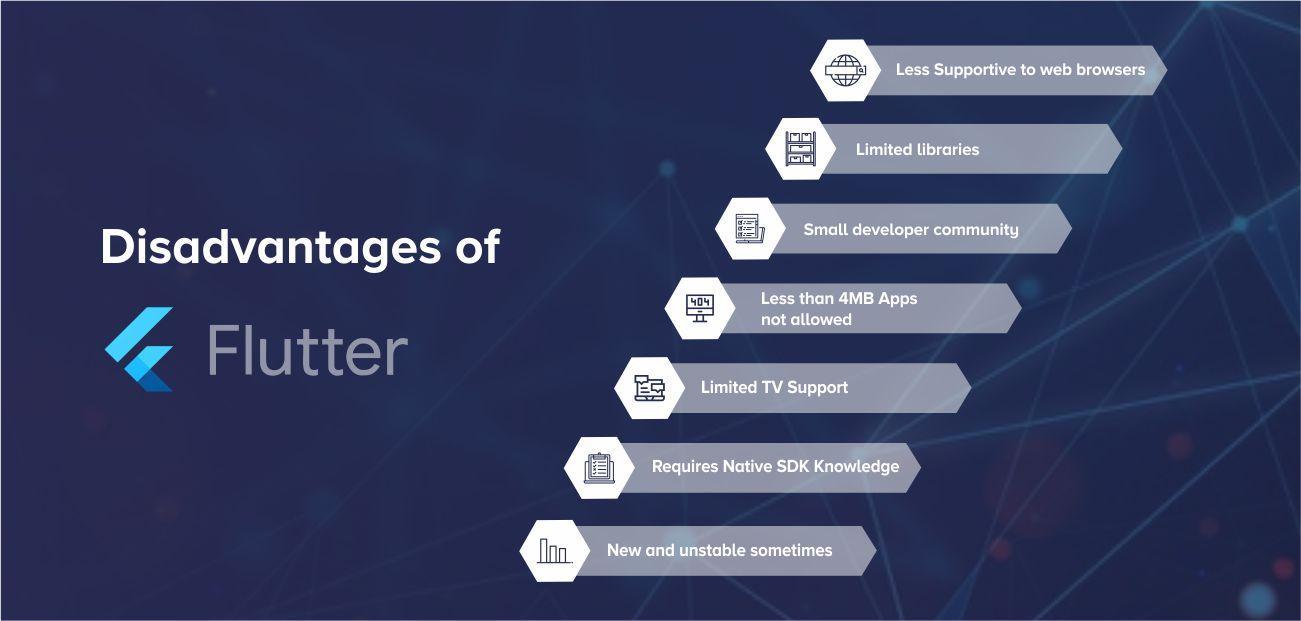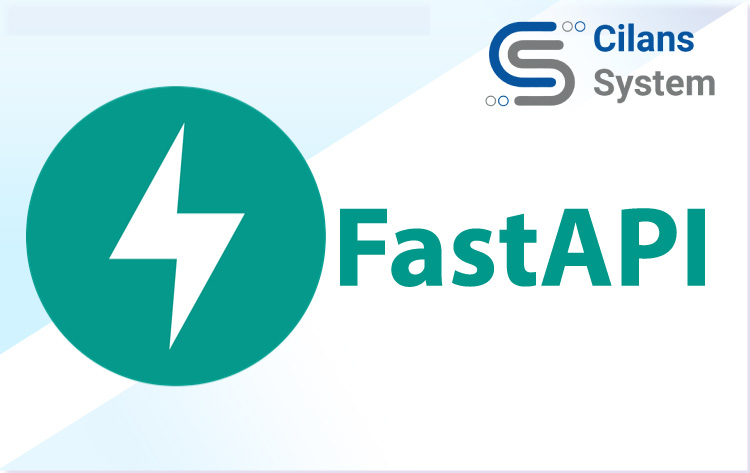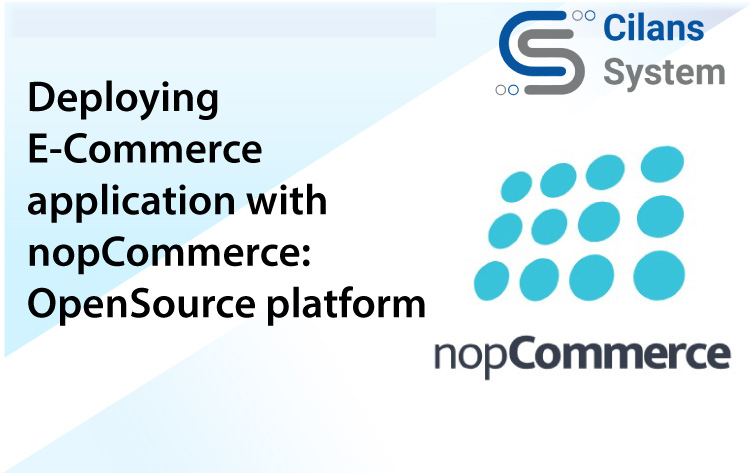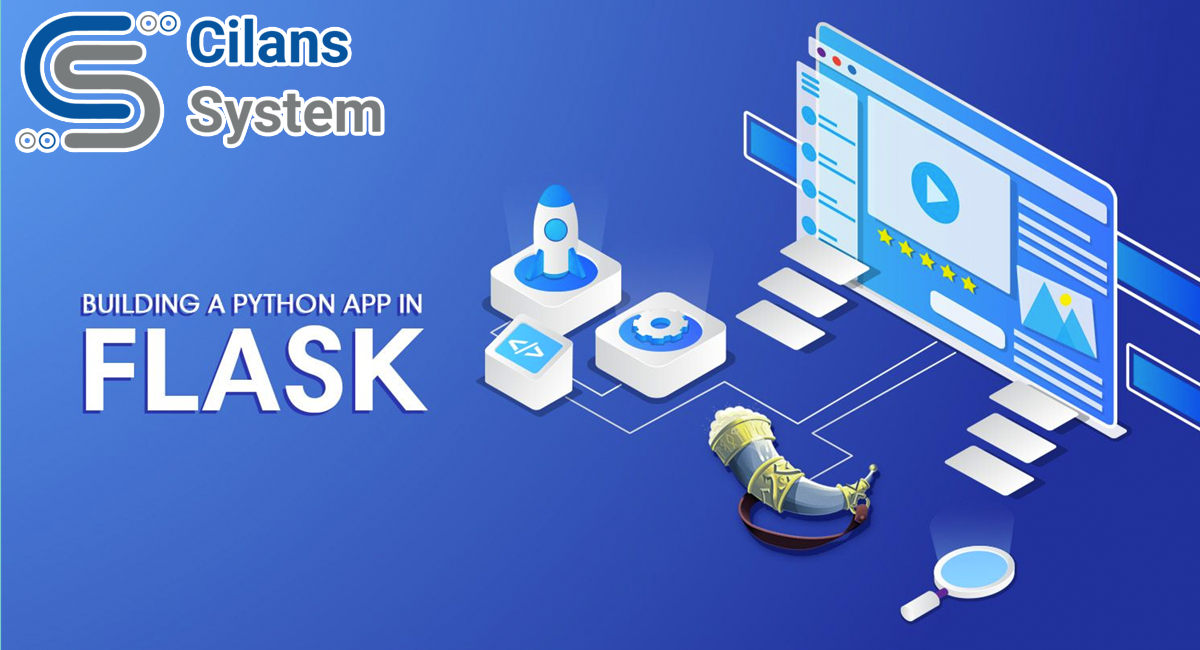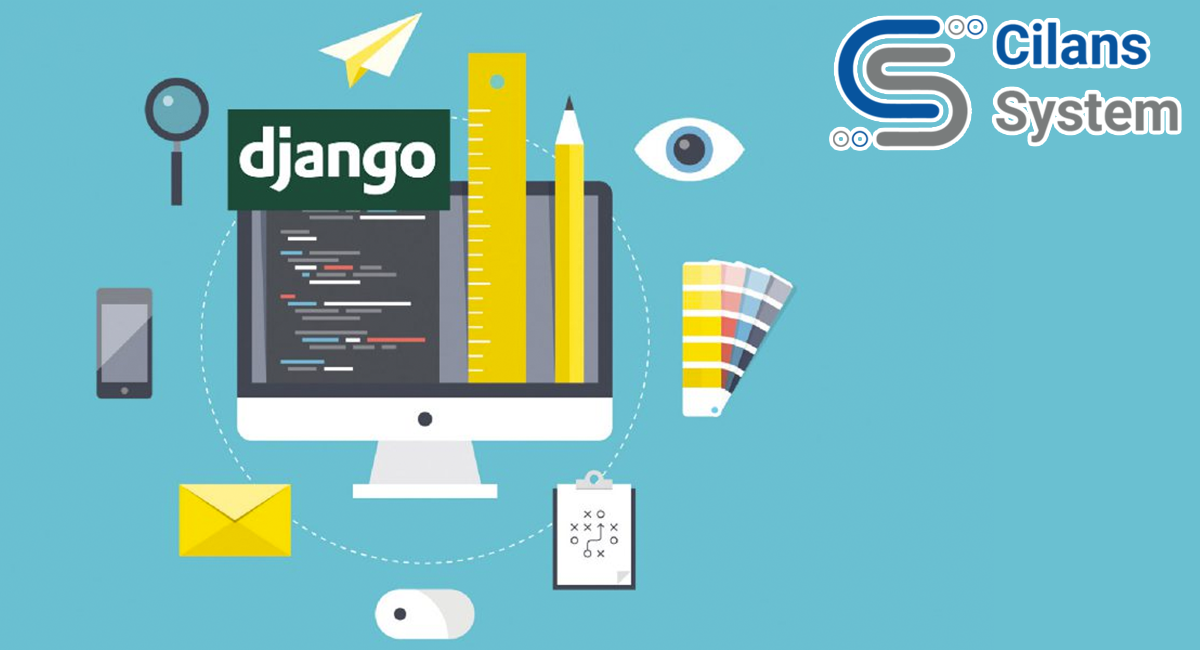FastAPI is described as a modern and high-performance web frameworkfor developing APIs with Python 3.7+.
January 23, 2024A comprehensive guide to Generative AI
May 27, 2024
Introduction
- Flutter is an open source framework by Google for building, testing, and deploying beautiful mobile, web, desktop, and embedded apps from a single codebase. Flutter is powered by Dart, a language optimised for fast apps on any platform. With this framework, developers have the power to create stunning, natively compiled cross-platform mobile applications that work seamlessly.
- The architecture of the Flutter framework is based on reactive programming that allows for fast edits, integration APIs, and the customised use of native components.
- Flutter’s programming language Dart combines a familiar, object-oriented syntax with built-in reactive and declarative features, enabling efficient and expressive app development.
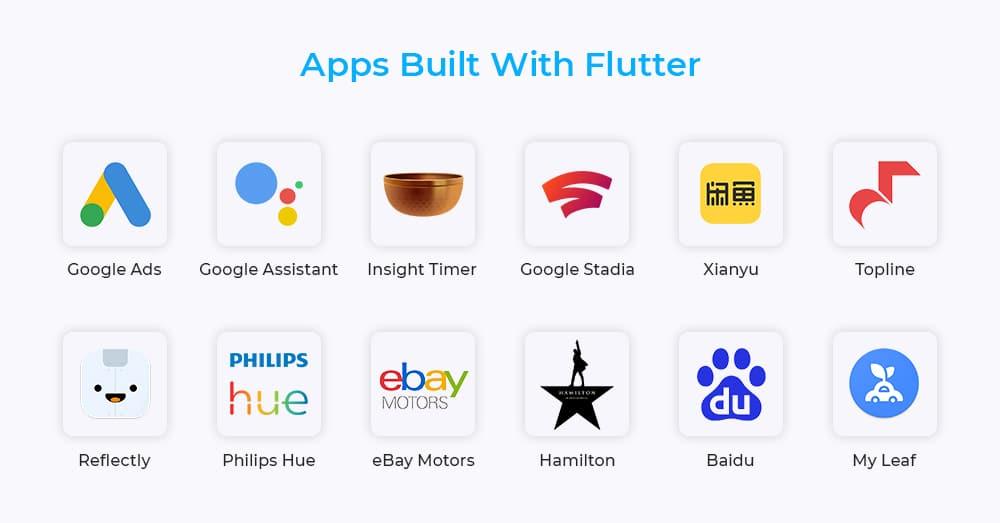
Which apps are created with Flutter? Real-life examples
- Google Ads and Google Pay
- Alibaba
- Reflectly
- New York Times Crossword puzzle
- eBay Motors
- myBMW
- Hamilton Musical
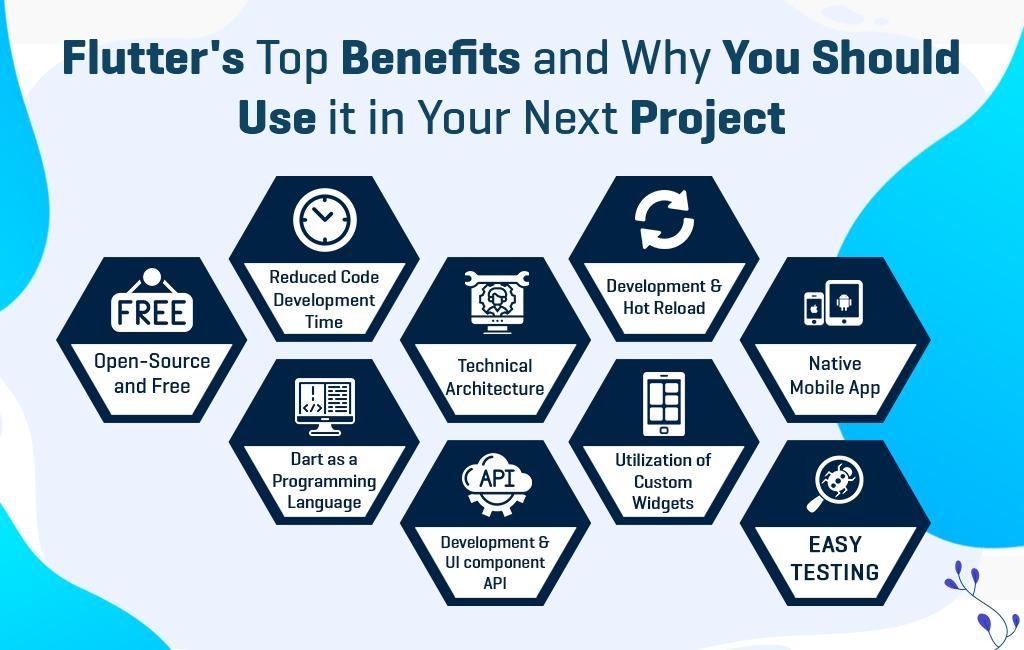
- You can find more Flutter apps on Flutter’s official website.
Pros of Flutter app development
- Flutter speeds up the mobile app development process
- It reduces the app development cost
- The performance of cross-platform mobile applications written with Flutter is higher than those written with other cross-platform frameworks.
- Flutter’s architecture is designed to deliver high performance. It uses a compiled programming language Dart and includes a high-performance rendering engine Impeller to ensure smooth, responsive app performance.
- One of the critical features of Flutter that gives it an edge over other tools is hot reload. A feature that greatly speeds up app development.Hot reload enables changes to be made to the code and shown immediately in the app! Usually, it only takes (milli)seconds.
- With Flutter, you can enhance time to market because your team of developers can write code once and deploy it across multiple platforms. At the same time, this eliminates the need for separate codebases.
- Being open source means that the framework’s source code is freely available, empowering developers to customise and extend Flutter according to their specific needs.
Cons of Flutter app development
- The larger file size of Flutter apps can be a concern for some users, especially those with limited storage space on their devices. It may lead to longer download times and more storage space than smaller native apps.
- Flutter can be easily integrated into any native API using something called platform channels. So we are not limited in our choice, but if some library/service does not support Flutter, it just requires more work to integrate with it.
- Dart is a great language by itself – its paradigm should be familiar to most programmers, it’s fast and object-oriented. But in terms of popularity, it’s still behind other technologies, especially such giants as JavaScript, C#, or native Objective-C and Java. Not many beginning developers will pick up Dart on their journey so finding new people for your mobile team can be a challenge. This should be something to consider when you’re choosing a cross-platform approach.
